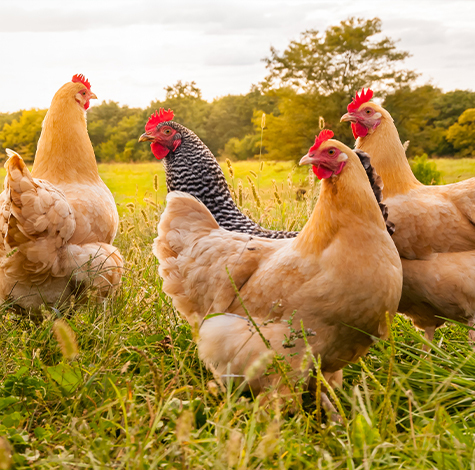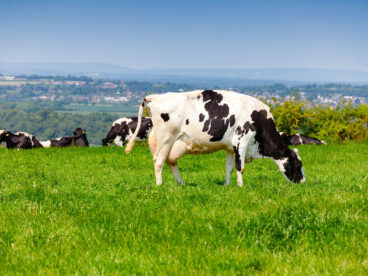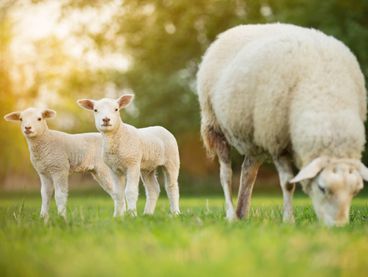A better understanding of the role of fats in dairy diets means we can more precisely balance the supply of fatty acids to ensure higher performance.
Balance fats for optimum performance
A better understanding of the role of fats in dairy diets means we can more precisely balance the supply of fatty acids to ensure higher performance. UFAC-UK’s Mark Townsend urges dairy farmers to think long and hard before choosing straight C16:0 as the only fat added to their diets.
While we used to think straight C16:0 did the job in dairy diets, we now know this is not the case. We understand much more about fat nutrition and how to supplement cows most effectively. R&D has shown we need a balance of fatty acids. In particular there is an optimum ratio between C16:0 and C18:1 for maximum milk fat yield and NDF digestibility which drives fat output, and herd health. In addition, there is an ideal ratio between C18:2 (Omega 6) and total omega 3’s (C18:3, EPA and DHA) for optimum health, milk yield and fertility.
In simple terms, dairy diets need sufficient total fat but also need the right balance of fatty acids. Getting the balance right will ensure better performance while getting it wrong can lead to problems and lower productivity.
The target most nutritionists work to is 5% total fat in the diet. Typically 3.5% of this will be in the base diet from ingredients like forages, cereals, rape, soya and distillers. The fatty acid predominant in feed grains Linoleic acid (C18:2) and is in a form that is not rumen inert and can cause milk fat depression.
So we need to supplement the base diets with 1.5% fats and supply the fatty acids that cows need to meet their requirements and balance the base diet in a rumen inert form.
Important to understand what different fats do.
All fatty acids carry out different roles in the cow, which is why they must be balanced.
C16:0 (Palmitic) Partitions energy to increase butterfat content and milk yield, but in early lactation can prolong the negative energy balance. Therefore potentially having a negative impact on body condition and fertility.
C18:0 (Stearic) is a good energy source from the rumen and is in plentiful supply in the cow. So we need to limit added C18:0 as it lowers digestibility of total fatty acids, reducing the overall energy value of the rest of the diet.
C18:1 (Oleic) increases insulin to improve body condition, enhances fertility and also increases the digestibility of all fatty acids in the diet so improving energy availability. So we need to feed it, especially in early lactation.
C18:2 (Linoleic) is an essential omega 6 fatty acid so must be included. It enhances growth, parturition and the reproductive system. Basal diets are typically high in it. However, if too much extra is added it can inhibit milk fat.
C18:3 (Linolenic) is an essential omega 3 fatty acid which is converted inefficiently, mainly in the intestines and liver, to C20:5 and C22:6 (EPA & DHA) which are involved in the immune and reproductive systems.
C20:5 and C22:6 (EPA and DHA) boost the immune system which is vital around calving and early lactation when the immune system is suppressed. EPA and DHA from marine sources have significant reproductive benefits including larger egg size and quality, and better embryo survival. They also increases milk yield.
Understanding what different fatty acids do and the roles they play in the cow, it is possible to match them to the different requirements during the lactation. (see table).
We have formulated carefully balanced combinations of rumen inert fatty acids to meet the specific requirements at different stages of lactation. In early lactation when C16:0 should be avoided we would recommend Dynalac, moving onto Supa-Cream in mid-lactation and finally Omega Cream in late lactation when C16:0 content can be optimised.
By including the correct balance of fatty acids you can optimise herd health and productivity.
| Stage of
lactation |
Cow
requirements |
Fats
required |
Recommended
proportion of C16:0 in supplements |
| Transition and
early lactation (-21-90DIM) |
Support immune
system Minimise BCS loss Return to cycling |
C18:1, C18:2,
C18:3, EPA & DHA |
0% |
| Mid-lactation
(91-200DIM) |
Hold to service
Optimise milk yield Increase milk constituents |
C16:0, C18:1,
C18:2, C18:3, EPA & DHA |
Max 45% |
| Late lactation
(201DIM+) |
Maximise fat
production Control BCS gain |
C16:0, C18:1,
C18:2, C18:3, EPA & DHA |
Max 70% |


 Back to News
Back to News 



